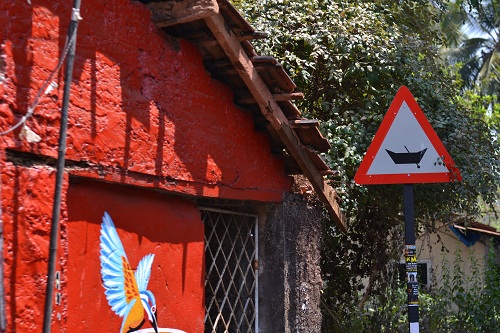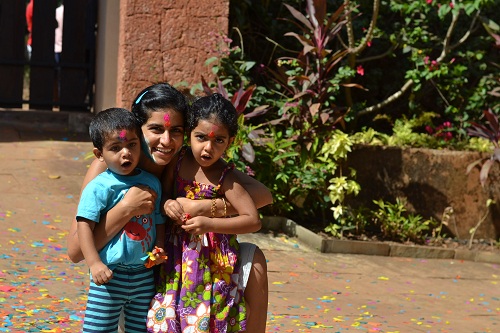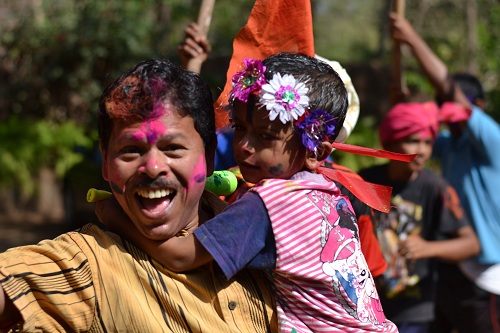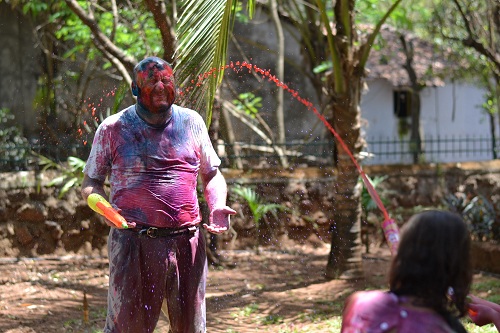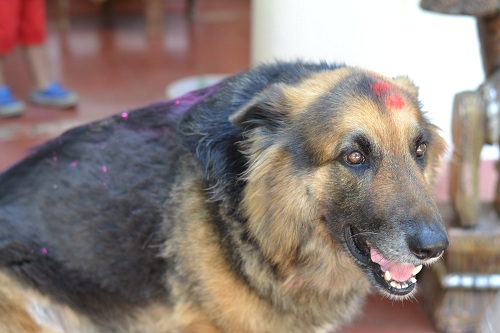There is a great debate on the island of Divar. One fraction of the population wants to build a bridge connecting the mainland. The other wants to preserve the ferry system, currently the 15 square kilometer island’s only access to the rest of Goa.
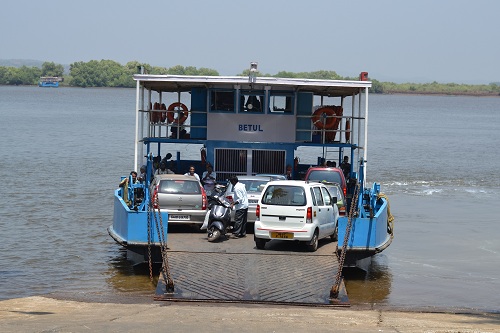
With its oceans, creeks and backwaters, Goa relies on its waterways as much as its roadways. Ferry service used to be an integral means for getting around in many parts of Goa. Over the years, most ferry connection has been replaced by bridges, but not without consequences on the culture.
Ferry service forces pedestrians, scooters and cars, as well as all delivery, to meet on the boat before disembarking on the Divar. This congregation allows Divarkars to interact and brings any visitors out into the public eye. As one of our neighbors said, “Without the ferry, how will we know who our neighbors are?” Largely as a result of the ferry, people only come to Divar to go home or visit someone who lives here. Due to this element of isolation, Divar retains the charm of a bygone era. The architecture here remains decidedly Portuguese, with whitewashed facades and decorative tiles. Residents still respect the age old rule of thumb that no structure, save for the churches, be built taller than a coconut tree. Its 5,000 residents know each other on a first name basis and many are distant relatives.
Apart from playing a practical and social role, the ferry is also the perfect way to be forced to spend time on tranquil water. After a day in town I love nothing more than stepping out of the car and into the open air of the Mandovi River. Coracles searching for catfish dot the water, on one side I see the mangroves of Divar shielding any evidence of humanity, and on the other I see the well preserved 16th century Portuguese churches of Old Goa towering above the coconut trees.
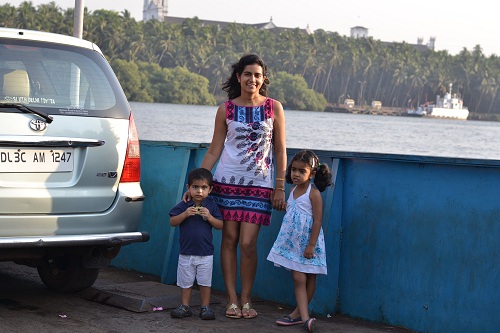
The jovial ferry operators have mastered the skill of packing people and vehicles in a game of oversized Tetris. In close quarters, the riders socialize. My father met the island chef and arranged for him to come and do a barbecue for us. We ran into the sarpanch (similar to a mayor) and started talking about the recent elections. Ava and Kayan even arranged for a play date.
In our opinion, it would be very sad to see ferry service replaced by a bridge. For starters, the island of Divar is sure to lose its old village feel once it is more accessible. Traffic will reduce our ability to walk around the narrow streets with relative ease. And yes, as our neighbor says, we will stop knowing each other and picking up where we left off on the last ferry ride.
Logistics: The ride between Divar and the Old Goa dock takes all of three minutes, with departures every 15 minutes on either side. The ferry stops this schedule between midnight and 6 A.M. but if we need a ride and the ferry is docked on the opposite bank, we simply flash our car lights and the boat makes a special trip. The ride is free to pedestrians and scooters and cars pay 7 rupees (about 13 cents). If the ferry makes a special charter then the charge is 55 rupees (about $1). If the ferry system goes, I’m not sure there is anywhere else in the world we can find a yield sign with a picture of a rowboat.
